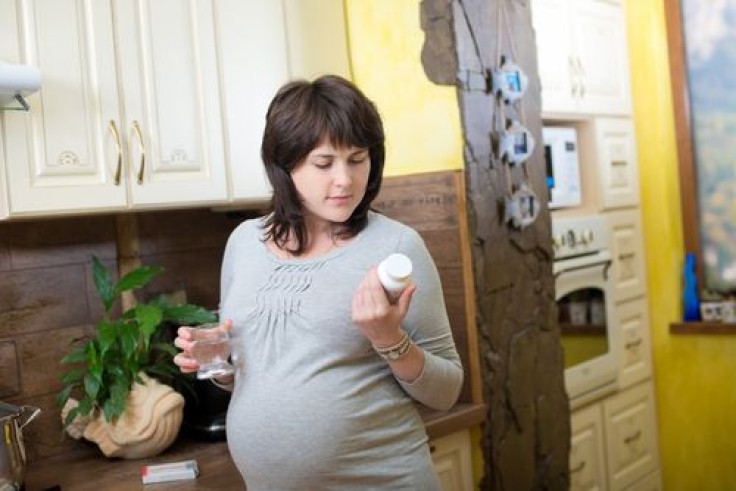14% Of Pregnant Women Prescribed Opioids By Their Doctors, Despite Possible Risks

Is it safe for women to take an opioid pain medication during pregnancy? Some investigations have reported a possible link between first trimester use and major congenital deformities, but not all studies have come to the same conclusion. What is known is that babies may develop a dependence on opioids, a type of narcotic derived from opium, while still in the womb and suffer withdrawal symptoms in the first few days of life. Given the possible risks, it would seem logical for doctors to avoid prescribing this medication to pregnant women altogether, yet a new study finds that more than 14 percent of pregnant women have been prescribed an opioid. “Back pain was the most commonly associated condition and was present in 37% of patients dispensed an opioid during pregnancy,” wrote the authors. "Other conditions that were most commonly associated with opioid exposure included abdominal pain, migraine, joint pain, and fibromyalgia." The study can be read online in Anesthesiology.
To investigate opioid use during pregnancy, a team of Harvard doctors searched a database and identified over half a million women with completed pregnancies who were enrolled in a commercial insurance plan from six months before pregnancy through delivery. Of this group, 76,742 women or 14.4 percent were dispensed an opioid at some point during their pregnancies. Among these women, 11,747 received a prescription for opioids three or more times during their pregnancies; 30,566 women (or 5.7 percent) used during the first trimester, about the same number used during the second trimester, and slightly more, 34,906 women or 6.5 percent, used during the third trimester. Specifically, the prescriptions were for hydrocodone (6.8 percent), codeine (6.1 percent), and oxycodone (2.0 percent). “Nearly all women experience some pain during pregnancy,” said Dr. Brian Bateman, assistant professor at Harvard Medical School. “Ultimately, we need more data to assess the risk/benefit ratio of prescribing these drugs to women and how it may affect their babies.”
Beginning in the 1990s and continuing into the early 2000s, prescriptions of opiate pain medication nearly tripled. About two percent of the U.S. adult population use opioids regularly, and more than one million people may be addicted. Along with suppressing pain, they reduce anxiety and at high enough doses produce euphoria, all by enhancing the effects of two neurotransmitters, endorphins, and enkephalins. Opioids are either extracted from the seeds of the opium poppy, as is the case for morphine and codeine, or synthesized in laboratories. Synthetic derivatives include hydrocodone (Vicodin), oxycodone (Percodan, OxyContin), hydromorphone (Dilaudid), and heroin (diacetylmorphine). Propoxyphene (Darvon), meperidine (Demerol), and methadone have a different chemical structure but cause similar effects on the body and brain.
Source: Bateman BT, Hernandez-Diaz S, Rathmell JP, et al. Patterns of Opioid Utilization in Pregnancy in a Large Cohort of Commercial Insurance Beneficiaries in the United States. Anesthesiology. 2014.



























